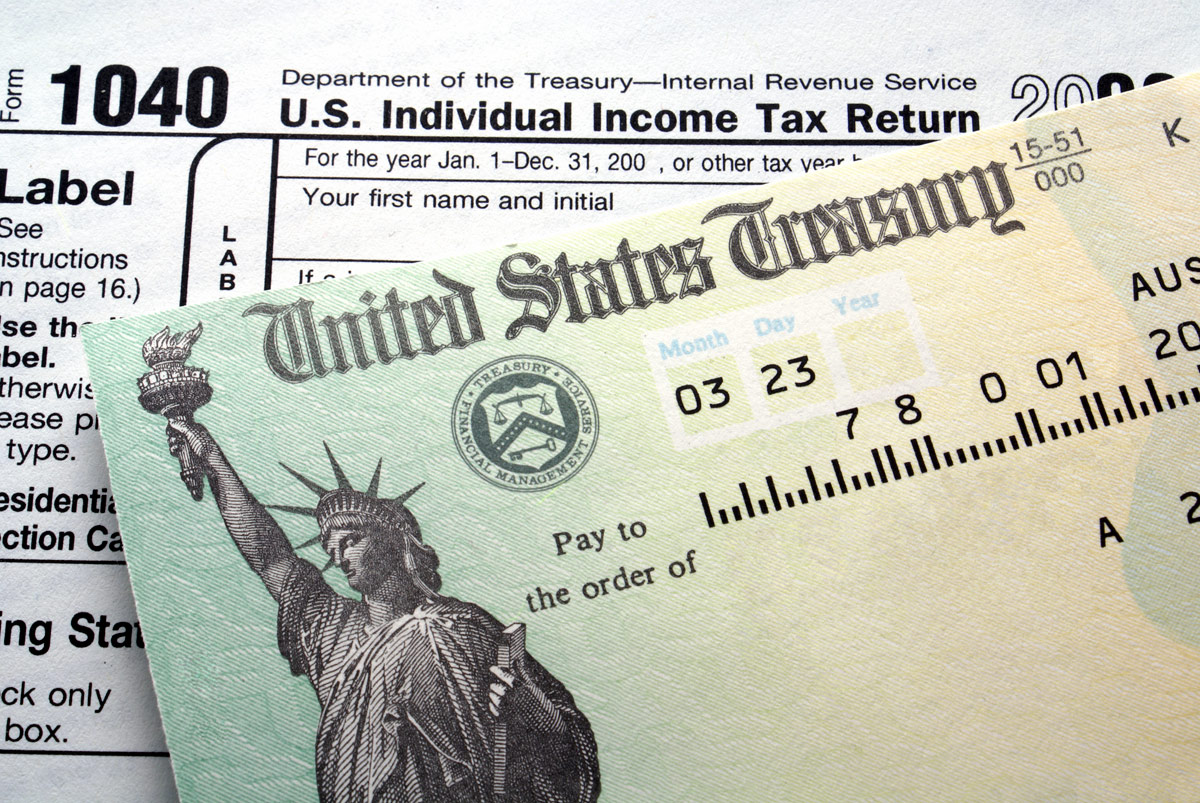
How prepared are you to prepare your 1040? The earlier you compile and organize the relevant paperwork, the easier things may be for you (or the tax preparer working for you) this winter. Here are some tips to help you get ready:
As a first step, look at your 2013 return. Unless your job, living situation or financial situation has changed notably since you last filed your taxes, chances are you will need the same set of forms, schedules and receipts this year as you did last year. So open that manila folder (or online vault) and make or print a list of the items that accompanied your 2013 return. You should receive the TY 2014 versions of everything you need by early February at the latest.
How much documentation is needed? If you don’t freelance or own a business, your list may be short: W-2(s), 1099-INT(s), perhaps 1099-DIVs or 1099-Bs, a Form 1098 if you pay a mortgage, and maybe not much more. Independent contractors need their 1099-MISCs, and the self-employed need to compile every bit of documentation related to business expenses they can find: store and restaurant receipts, mileage records, utility bills, and so on. And, of course, there’s the Affordable Care Act; if you got coverage through your state or federal marketplace, Form 1095-A is needed to fill out Form 8962.
In totaling receipts, don’t forget charitable donations. The IRS wants all of them to be documented. A taxpayer who donates $250 or more to a qualified charity needs a written acknowledgment of such a donation. If your own documentation is sufficiently detailed, you may deduct $0.14 for each mile driven on behalf of a volunteer effort for a qualified charity.
Or medical expenses & out-of-pocket expenses. Collect receipts for any expense for which your employer doesn’t reimburse you, and any medical bills that came your way last year.
If you’re turning to a tax preparer, stand out by being considerate. If you present clean, neat and well-organized documentation to a preparer, that diligence and orderliness will matter. You might get better and speedier service as a result: you are telegraphing that you are a step removed from the clients with missing or inadequate paperwork.
Make sure you give your preparer your federal tax I.D. number (TIN), and remember that joint filers must supply TINs for each spouse. If you claim anyone as a dependent, you will need to supply your preparer with that person’s federal tax I.D. number. Any dependent you claim has to have a TIN, and that goes for newborns, infants and children as well. So if your kids don’t have Social Security numbers yet, apply for them now using Form SS-5 (available online or at your Social Security office). If you claim the Child & Dependent Care Tax Credit, you will need to show the TIN for the person or business that takes care of your kids while you work.
While we’re on the subject of taxes, some other questions are worth examining…
How long should you keep tax returns? The IRS statute of limitations for refunds is 3 years, but if you underreport taxable income, fail to file a return or file a claim for a loss from worthless securities or bad debt deduction, it wants you to keep them longer. You may have heard that keeping your returns for 7 years is wise; some tax professionals will tell you to keep them for life. If the tax records are linked to assets, you will want to retain them for when you figure out the depreciation, amortization, or depletion deduction and the gain or loss. Insurers and creditors may want you to keep federal tax returns indefinitely.
Can you use electronic files as records in audits? Yes. In fact, early in the audit process, the IRS may request accounting software backup files via Form 4564 (the Information Document Request). Form 4564 asks the taxpayer/preparer to supply the file to the IRS on a flash drive, CD or DVD, plus the necessary administrator username and password. Nothing is emailed. The IRS has the ability to read most tax prep software files. For more, search online for “Electronic Accounting Software Records FAQs.” The IRS page should be the top result.
How do you calculate cost basis for an investment? A whole article could be written about this, and there are many potential variables in the calculation. At the most basic level with regards to stock, the cost basis is original purchase price + any commission on the purchase.
So in simple terms, if you buy 200 shares of the Little Emerging Company @ $20 a share with a $100 commission, your cost basis = $4,100, or $20.50 per share. If you sell all 200 shares for $4,000 and incur another $100 commission linked to the sale, you lose $200 – the $3,900 you wind up with falls $200 short of your $4,100 cost basis.
Numerous factors affect cost basis: stock splits, dividend reinvestment, how shares of a security are bought or gifted. Cost basis may also be “stepped up” when an asset is inherited. Since 2011, brokerages have been required to keep track of cost basis for stocks and mutual fund shares, and to report cost basis to investors (and the IRS) when such securities are sold.

About the Independent Financial Advisor
Robert Pagliarini, PhD, CFP® has helped clients across the United States manage, grow, and preserve their wealth for nearly three decades. His goal is to provide comprehensive financial, investment, and tax advice in a way that is honest and ethical. In addition, he is a CFP® Board Ambassador, one of only 50 in the country, and a fiduciary. In his spare time, he writes personal finance books. With decades of experience as a financial advisor, the media often calls on him for his expertise. Contact Robert today to learn more about his financial planning services.



